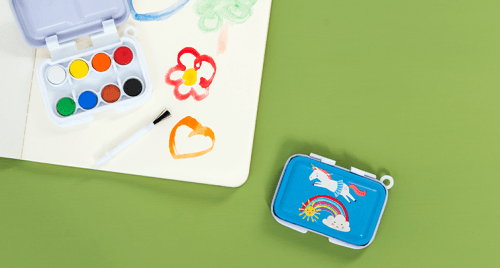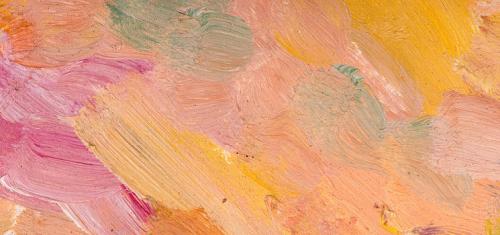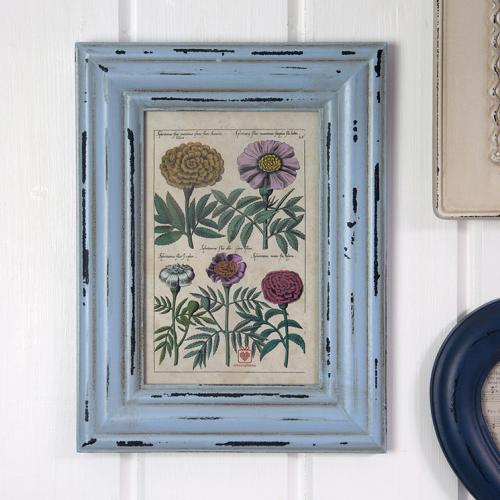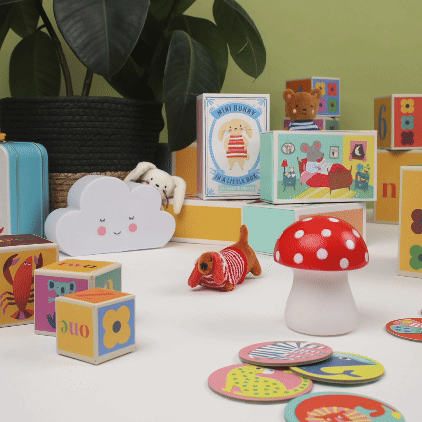Ready, set, paint!
Who hasn't dreamed of painting a perfect masterpiece? Whether you're looking for a summer hobby or something creative to keep practising for the rest of your life, check out our guide to getting started with acrylic paints.
Acrylic painting is an amazingly versatile medium: you can paint on all sorts of different surfaces and your pieces will dry quickly, so you can show them off without the wait!
What you'll need

Magical Unicorn paint set £2.95
Before you can paint the next Mona Lisa, there are some basic items you'll need to get started: paints, paintbrushes, canvas and an artist's palette. Of course, painting can be a messy business, so make sure you also have a jar of water to clean your brushes in, some rags for mopping up spills and an old t-shirt to work in.
• Acrylic paints: The best way to find out which paints suit you best is to experiment. If you're just starting out, invest in paint so you can try out painting and mixing. The essential colours to get started with are white, black, blue, crimson and yellow ochre.
• Paintbrushes: Buying brushes can seem daunting, but don't worry! You can start with a brush selection or, if you have a tight budget, just two brushes: a mid-sized flat brush (for broad strokes) and a mid-sized round brush (for finer detail). Most beginners like synthetic - rather than natural - fibres because they are easier to clean.
• Canvas: This is what you'll be painting on, so choose a size and shape that suits your project. You can paint on almost anything that isn't oily or porous, but most people choose stretched canvas.
• Palette: You'll need a palette for mixing your basic colours into all sorts of hues. A good palette will have sections for each colour and a flat part for mixing.
What to paint

Of course, before you put brush to canvas, you need to know what you're going to paint! The extent to which you plan really depends on you: you could just go freehand and see what you come up with, or sketch helpful outlines onto your canvas first.
Beginners might start with something relatively simple: think still lifes (like bowls of fruit), or colourful landscapes. People are usually quite difficult to paint - especially faces and hands - so you might want to get some practice in before attempting a live subject.
If you really have no idea what you want to do, go abstract. Just play around with your brushes and paint colours to see if you can develop a pretty pattern or some appealing shapes!
Techniques

Image source: soleg_1974
A good way to cover a lot of canvas - for example with bodies of water, sky or vegetation in landscapes - is to use 'X' strokes. To do this you simply dampen your brush, add the paint and make X shapes on the canvas. They can be as big or small as you like, but if you're going for a soft look make sure to only use the tip of your brush.
'U' strokes are fantastic for creating texture, especially when you're painting things like ground and water. Like the X, you simply put the paint onto a damp brush and make U shaped strokes; they can be as deep or as shallow as you like.
You can get even more texture by using a dry brush. Make sure your brush is completely dry, especially if you have just rinsed it, and then use brushing or stippling motions to create everything from water to grass, wood to fur!
Of course, there are plenty more basic brush strokes to learn, such as using a fine paintbrush for lines, branches and grass stems, or loading on thick layers of paint with a palette brush.
Bonus tips

Pictured: Heritage Picture Frame - £6.95
Here a few extra tips to help you make your painting really pop!
• Every time you clean your brush in water as you work, blot it on some paper towel to avoid getting drips on your painting.
• Work quickly! Acrylics are notorious for being fast-drying, so don't spend too long worrying about fine details when you start. For the same reason, you should only pour out a little paint onto your palette at a time, and always wash your brushes after use.
• If you want to keep the paint on your palette fresh overnight, spray it very lightly with water and cover it with airtight plastic, such as cling film.
• Once your piece is fully dry, you can use varnish to give it a protective coating. Don't forget to put it in a beautiful frame!
If you can't wait to get started with your new favourite hobby, pop over to Rex London's craft section for more goodies!








